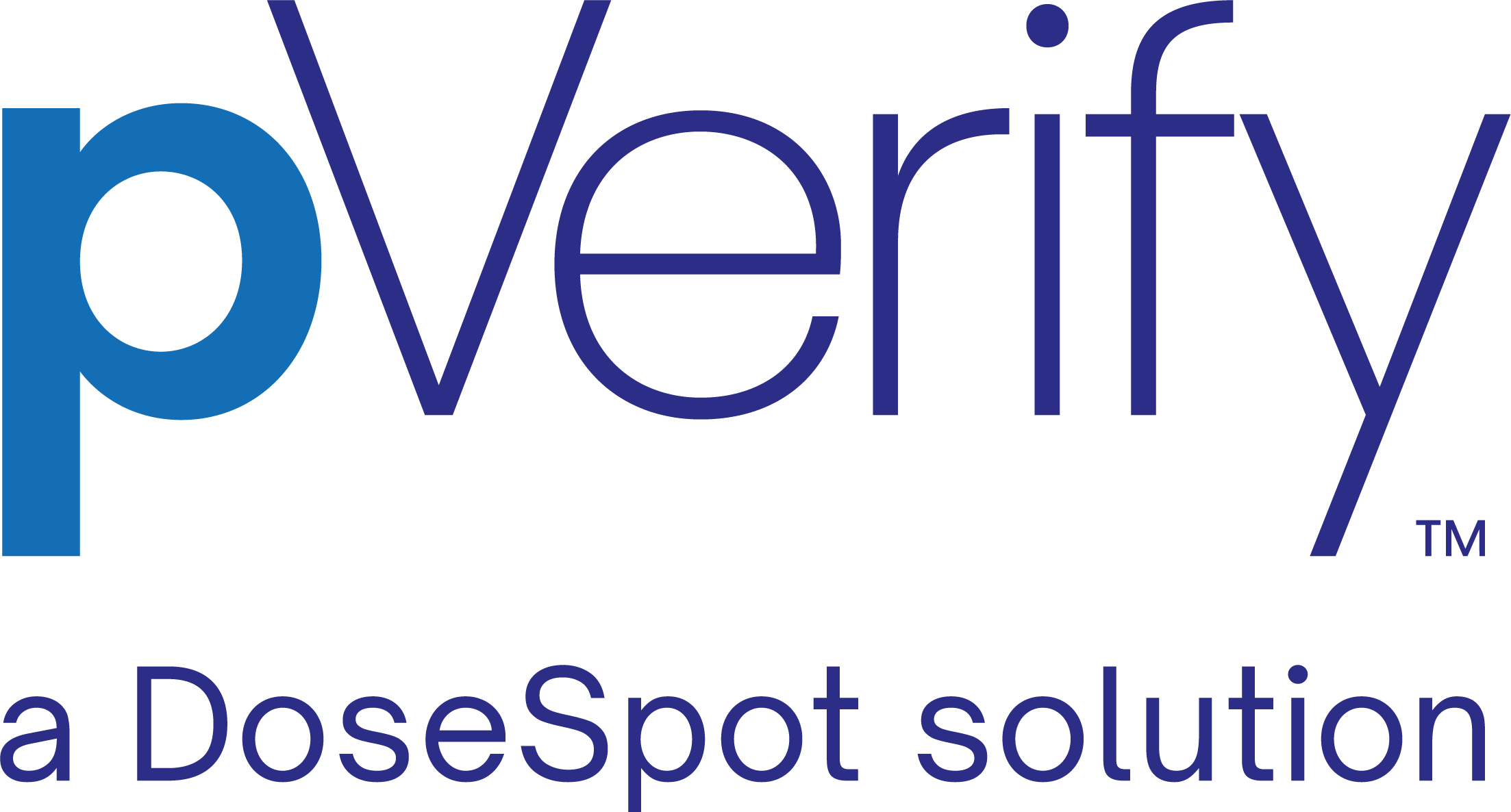BLOG
6 Patient Eligibility Verification Best Practices
Patient insurance verification is becoming an indispensable process when it comes to billing patients, getting paid by insurance providers, and the overall management of practices’ revenue cycles. With the rise in high-deductible and cost-sharing insurance plans, more and more patients are required to make payments at the time of service, though many patients are unaware of that fact.
Eligibility verification using healthcare APIs—particularly when done in advance—solves this problem, allowing you to give important information to your patients before their appointments. Below are 6 patient insurance verification best practices that you can use to make sure your processes are as effective as possible.
1. Find the Right Verification Method
First off, every practice has unique needs, as well as resources, when it comes to eligibility verification. While more traditional practices like calling or faxing patient information to insurance providers might work for some smaller practices, other high-volume practices might find that tedious and time-consuming. Other alternatives, as discussed in this article, include:- Carrier Portals, which are databases hosted on providers’ websites
- Clearinghouse Systems, databases hosted on third-party websites
- Integrated Solutions, which are integrated into your practice management software
- Outsourcing, hiring a third-party to run eligibility tests for you, or purchasing verification automation software
- Inclusive Software Solutions, like pVerify, that offer a web-based Portal, Outsourced Batch Processing, hybrid software Integrations, and healthcare API White-labeling.
2. Verify Eligibility at the Right Time(s)
In addition to finding the right patient insurance verification method for your practice, it’s also important to make sure that your staff is verifying patient eligibility at the right time(s) and to set a schedule for routine batch verifications. Though your practice should find a schedule that is right for your staff and your needs, there are a number of occasions that are typically recommended for eligibility tests. Best times for eligibility verification:- When appointments are scheduled
- 2-3 days before actual appointments
- After the appointment, if needed
- Every month or so (batch)

